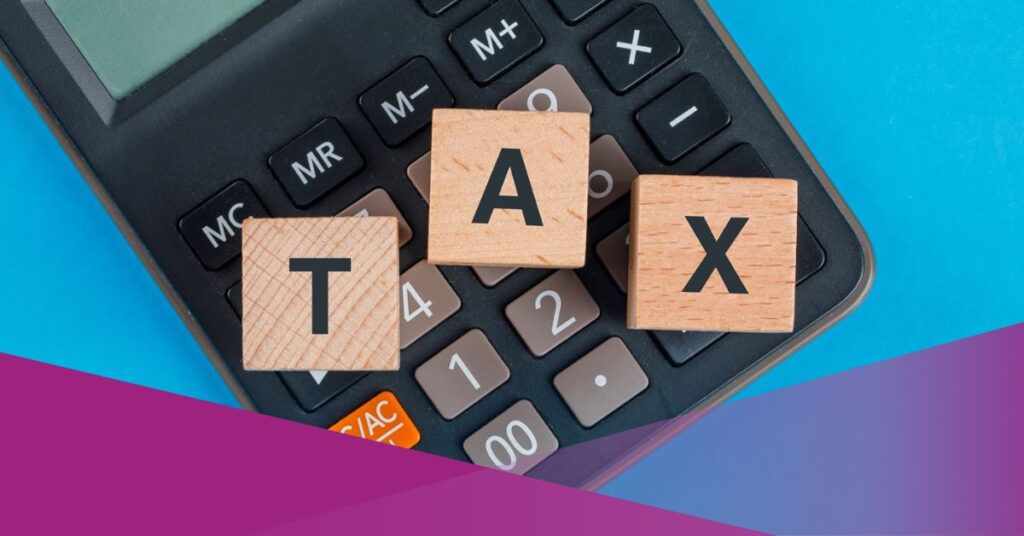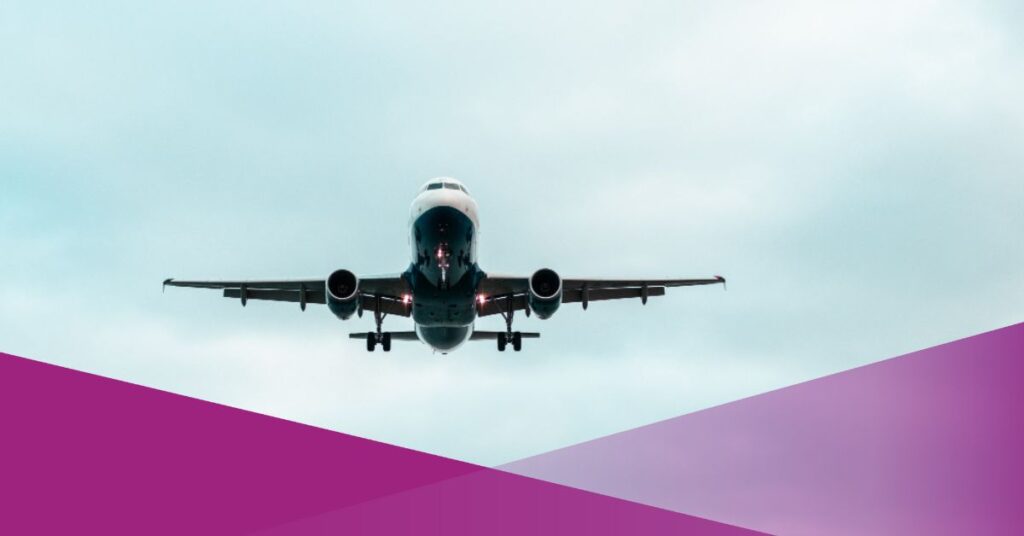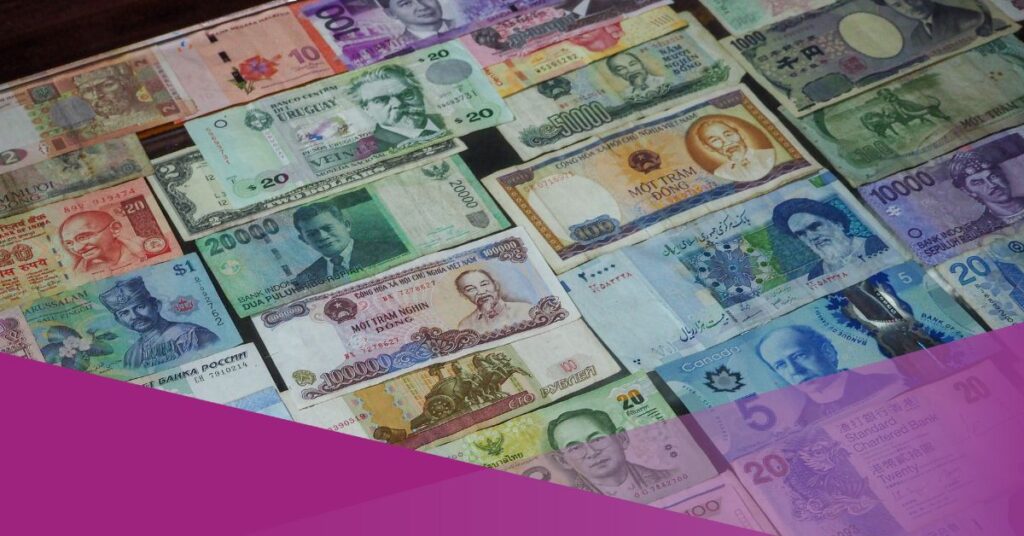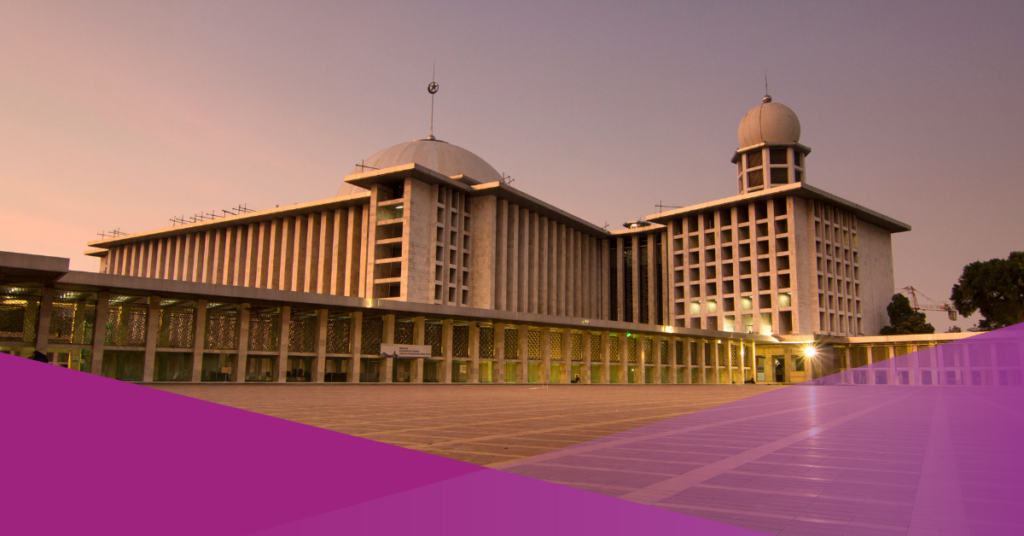The value-added tax (VAT) rate increase from 11 per cent to 12 per cent will take effect from January 1, 2025. The application of VAT increases to 12 per cent in accordance with Law (UU) Number 7 of 2021 concerning Harmonization of Tax Regulations.
The 12% VAT rate is one of the largest among ASEAN countries.
Based on PricewaterhouseCoopers (PwC) data as of 2024, the VAT rate in Indonesia is one of the highest among countries in ASEAN. Besides Indonesia, the Philippines also has a 12 percent VAT rate. In addition, there is Singapore with a Goods and Services Tax (GST) rate of 9 per cent.
Several other countries in ASEAN actually have small VAT rates, according to records. Timor Leste, for example, only taxes imported goods at a rate of 2.5 per cent and services at a rate of 5 per cent. Meanwhile, Myanmar does not even apply VAT. In addition, Thailand has reduced its VAT rate to 7 per cent from the previous 10 per cent.
Currently, Indonesia’s VAT rate, which is 11 per cent and will then increase to 12 per cent, is still relatively low compared to other developed countries.
Here’s a complete list of VAT rates in Southeast Asia:
- Cambodia: 10%
- Laos: 10%
- Malaysia: Sales tax 10% and service tax 8%
- Philippines: 12%
- Singapore: 7%
- Thailand: 7%
- Brunei: 0%
- Vietnam: 5% and 10% (two-tier system)
- Myanmar: 5% (may increase for some goods/services)
- Timor Leste: Domestic VAT 0%, imported goods/services VAT 2.5%
The Minister of Finance, Sri Mulyani Indrawati, said that the average VAT rate worldwide, including Organisation for Economic Co-operation and Development (OECD) countries, has a VAT rate of 15 per cent.
What is VAT?
Value-added tax (VAT) is one of the taxes that we must pay when making buying and selling transactions that are included in the object of Taxable Goods (BKP) or Taxable Services (JKP).
The value added to a good or service comes from the accumulation of costs and profits during the production-to-distribution process, including capital, wages, telephone rental, electricity, and other expenses.
VAT is an indirect tax. This means that the consumer as the taxpayer does not directly deposit the tax paid to the state, but rather the trader or entrepreneur reports.
The party obliged to pay VAT is the final consumer. At the same time, those who are obliged to collect, deposit, and report VAT are traders/sellers.
Impact of the 12% VAT increase
A recent report from the University of Indonesia’s Institute for Economic and Social Research (LPEM UI) shows that while the VAT increase has the potential to increase state revenue, it risks exacerbating inflationary pressures.
“Higher VAT rates usually result in a direct increase in the prices of goods and services, thus increasing the overall cost of living,” wrote LPEM UI, as reported by DetikNews.
The new VAT rate will actually encourage high inflation, which indicates that the prices of goods and services are getting more expensive. In turn, this will reduce people’s purchasing power.
The impact of the 12% VAT increase on tourism and the number of foreign tourists arriving
For Indonesians, the VAT hike is said to worsen poverty levels and widen social disparities, pushing more people below the poverty line and further burdening vulnerable groups.
The impact on competitiveness is also a concern, especially in sectors such as tourism and foreign tourist arrivals to Indonesia.
According to the LPEM UI report, this could make foreign tourists consider many things when coming to Indonesia, especially if they have to rent hotels and villas and buy goods in Indonesia.
“An increase in the VAT rate may deter international visitors who perceive Indonesia as less cost-effective compared to neighbouring countries that have lower tax rates,” the report explained.































